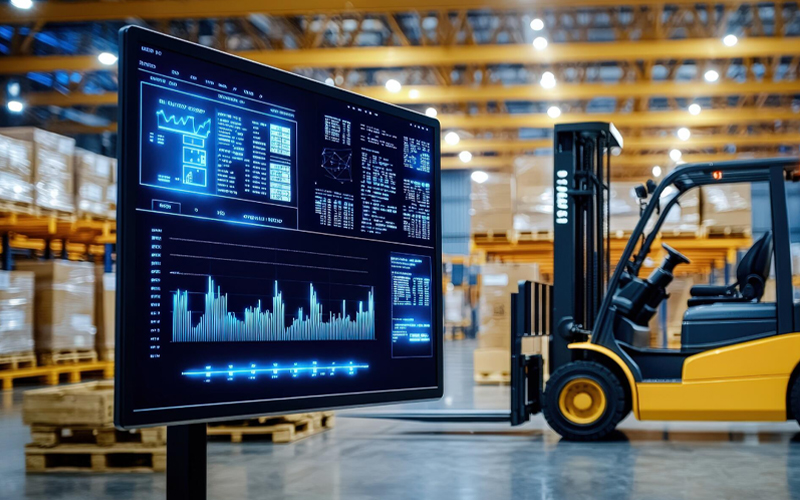The retail sector has been upended in recent years, and the customer wields more power than ever before. Labour shortages and supply chain disruptions have added to the uncertainty, and the climate crisis has just added to the woes. The COVID-19 pandemic caused brick-and-mortar stores to shut down across the world and caused a surge in the presence of online stores, and accelerated the digital transformation of the retail industry. The retail industry is grappling with the requirement to be omnichannel - even online brands face the pressure of competition and are establishing brick-and-mortar stores to capture consumers. Physical storefronts require trained staff and challenges remain with high attrition rates in the retail sector. Millions of transactions are conducted across the globe by billions of consumers who have rising expectations for seamless experiences. Brand loyalty is under question. The pandemic forced consumers out of their comfort zone, and they are now more than ready to experiment with new brands and products. According to a McKinsey study in the US, 75 per cent of consumers tried new shopping experiences due to the crisis, and 73 per cent intended to incorporate these new brands into their lifestyle.
Attracting consumers requires multi-pronged strategies and provision of a seamless omnichannel experience. Creating outstanding experiences requires personalisation. While this can be achieved on a small scale by talking to customers to understand their preferences and needs, scaling personalisation requires delving deep into customer data that can reveal surprising insights. Being able to predict customer behaviour and needs can lead to development of new product lines, which is key to retaining competitive advantage in a highly crowded space. In a digital world, data analytics can transform the retail industry both for customers and retailers.
Using analytics to transform retail
Retail analytics can be descriptive, diagnostic, predictive and prescriptive.
Descriptive analytics utilise historical data to analyse patterns and to gain insights. Such analytics involves using visualisation techniques and dashboards, data exploration, statistical analysis and key performance indicator (KPI) reports, all of which can produce actionable insights. For instance, a retail business may analyse sales data to understand the promotional campaigns that were the most successful. This may help arriving at patterns, allowing the business to improve in certain areas.
Diagnostic analytics involve delving into the reasons why something happened. They help arrive at the root cause for event occurrences and patterns. For instance, a brand may use descriptive analytics to analyse the quarterly sales figures, and then apply diagnostic analytics to understand why sales figures increased or decreased.
Predictive analytics on the other hand, can be used to predict customer behaviour. As the name suggests, these help predict future outcomes. They help to anticipate consumer behaviour, the likelihood of success and failure of promotional campaigns and provide actionable insights for future sales. Revenue projections, demand forecasting, intelligent inventory management, trade promotions and customer segmentation are just a few of the areas where predictive analytics can be a game changer. It can also transform personalisation. Personalised recommendations based on purchasing patterns, or interest of similar groups of people can be used by retailers to make intelligent suggestions. Market basket analysis in real-time can be used to make suggestions based on “what’s in the cart”. For example, if a shopper has added bread to the cart, the app could make suggestions for eggs, butter, jam and so on.
Prescriptive analytics give retailers the ability to analyse patterns using machine learning (ML) algorithms and a wider range of internal and external data to make accurate predictions. For instance, using prescriptive analytics can help category managers decide on the pricing, promotions and product placement at the store and even the shelf level. While predictive analytics provides generalised recommendations, prescriptive analytics provides granular recommendations that can impact daily sales, improve product assortment and drive revenue growth.
Retailers can use a combination of these analytics to solve business problems. In a digital world, retailers have access to valuable consumer data even when the consumers have not actually made a purchase. For instance, a shopper may have placed a few items in the cart, and not actually checked them out. This information can be used to gauge consumer interest and make recommendations for future purchases based on past and real-time data. Planning and inventory management can be optimised using intelligent cloud analytics solutions that recommend optimal product assortments, styles and sizes to be displayed on storefronts or the home pages of shopping websites. Analytics can help retail businesses meet supply and demand challenges. AI/ML algorithm-based analytical solutions can make recommendations for restocking based on data from a variety of sources such as weather and climate data, customer and supply chain data and inventory management systems. Retail analytics can also be leveraged to provide intelligent inputs to store associates and customer service agents to make product recommendations based on customer needs and preferences.
Insights from retail analytics can help businesses make intelligent and informed data-driven decisions that drive revenue growth and adapt quickly to a dynamic environment.
How can Infosys BPM help?
Infosys BPM’s intelligent retail data analytics solutions help businesses make intelligent and informed data-driven decisions. Our retail store analytics and spend analysis solutions are driven by advanced AI/ML technologies that enable businesses navigate a dynamic and fast-changing environment.








